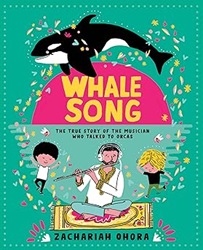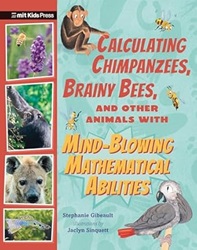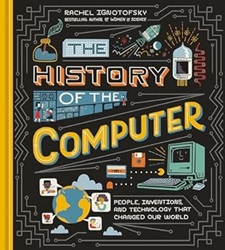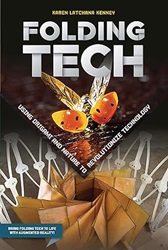Review of Why We Need Vaccines, by Rowena Rae, illustrated by Paige Stampatori
How Humans Beat Infectious Diseases
by Rowena Rae
illustrated by Paige Stampatori
Orca Book Publishers, 2024. 90 pages.
Review written February 28, 2025, from a library book.
Starred Review
2024 Cybils Award Winner, Middle Grade Nonfiction
I’ve read other books about vaccines and their importance, but this one feels more complete, more accessible to kids, and more timely. On the big, bright pages, we’ve got the history of vaccines and how they work. But there are also chapters about how vaccines are tested, about the risks of vaccines, about vaccine hesitancy, about community immunity, about questions of equity and access, and the questions as to whether governments should require vaccines or not. It all wraps up with a chapter on responsibility, and how getting yourself protected will also protect the people around you.
I think my favorite thing about this book was the frequent spotlights on scientists who work in related fields, complete with their photographs. Some examples (besides several medical doctors) are a university history professor who specializes in infectious disease outbreaks, a pharmacist, a research technician, a nurse, and even a high school student who got involved in an organization that encourages teens to educate other teens about the importance of vaccines.
I like the subtitle of this book: How Humans Beat Infectious Diseases. Yes, the story of vaccines is a continuing story of human ingenuity. Given the folks now working in the federal government, I’m all the happier to have this information out there.
rowenarae.com
paigestampatori.com
orcabook.com
Find this review on Sonderbooks at: www.sonderbooks.com/Childrens_Nonfiction/why_we_need_vaccines.html
Disclosure: I am an Amazon Affiliate, and will earn a small percentage if you order a book on Amazon after clicking through from my site.
Disclaimer: I am a professional librarian, but the views expressed are solely my own, and in no way represent the official views of my employer or of any committee or group of which I am part.
What did you think of this book?









